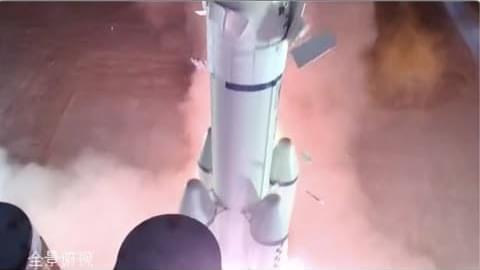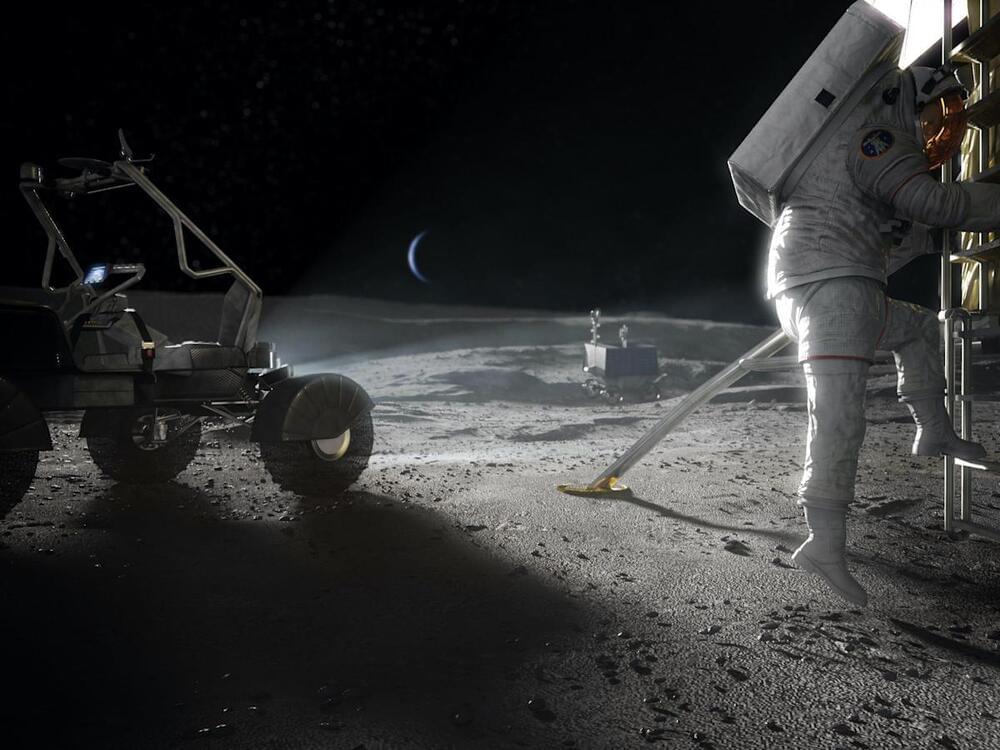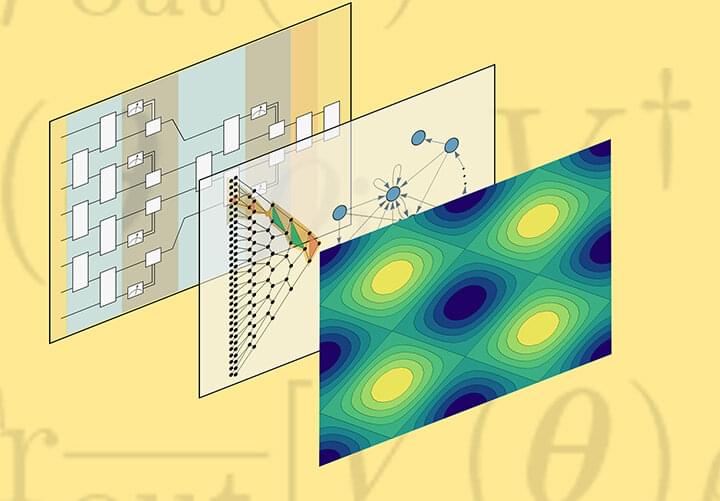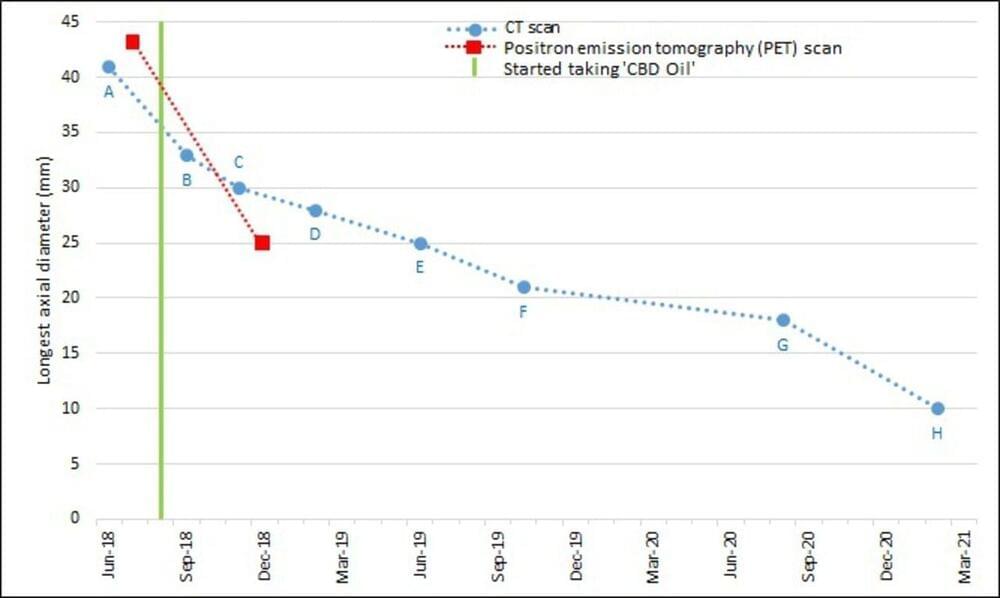From cryogenics to drugs the dream of immortality is closer than ever and now the world’s richest men including Richard Branson, Jeff Bezos and Elon Musk are putting their weight behind the research.
A Long March 2F rocket launched the Shenzhou 13 spacecraft carrying astronauts Zhai Zhigang (commander), Wang Yaping and Ye Guangfu to the Tianhe core module of China’s new space station on Oct. 15 2021. [Full Story](https://www.space.com/china-launches-shenzhou-13-astronauts-to-space-station)
Credit: China Central Television
A Long March 2F rocket launched the Shenzhou 13 spacecraft carrying astronauts Zhai Zhigang (commander), Wang Yaping and Ye Guangfu to the Tianhe core module of China’s new space station on Oct. 15 2021 at 12:23pm ET (00:23 Oct. 16 Beijing time). Full Story: https://www.space.com/china-launches-shenzhou-13-astronauts-to-space-station.
Broadcast feed from the Jiuquan Satellite Launch Center in the Gobi Desert courtesy China Central Television (CCTV)
BEIJING, Oct 18 (Reuters) — China tested a space vehicle in July, not a nuclear-capable hypersonic missile as reported by the Financial Times, the Chinese foreign ministry said on Monday.
Quoting five people familiar with the matter, the Financial Times reported on Saturday that China had tested a nuclear-capable hypersonic missile that flew through space, circling the globe before cruising down toward its target, which it missed by about two dozen miles. read more. The paper said the feat had “caught U.S. intelligence by surprise”.
“It was not a missile, it was a space vehicle,” ministry spokesman Zhao Lijian told a regular press briefing in Beijing when asked about the report, adding it had been a “routine test” for the purpose of testing technology to reuse the vehicle.
Main Website:
http://www.trekyards.com.
Support Trekyards on Patreon:
https://www.patreon.com/Trekyards/community.
PayPal Support via: [email protected].
Want cool Trekyards Merchandise? Check out our TeeSpring store:
https://teespring.com/stores/trekyards-command or the new TeePublic Store: https://www.teepublic.com/stores/trekyards?utm_campaign=2297…=Trekyards.
Trekyards on Twitter:
https://twitter.com/trekyards.
Trekyards Discord Server: https://discord.gg/v4mDWyR
A conceptual NASA study explores the idea of a lunar Wi-Fi network to help fix inadequate internet services in American cities, including Cleveland, Ohio.
Neural Implant Podcast w/ Ladan Jiracek: https://open.spotify.com/show/7qzl8f0yllPaYlBmW9CX3u?si=aXiWglMkR8Wkw8YGLD81nQ
Join this channel to get access to perks:
https://www.youtube.com/channel/UCDukC60SYLlPwdU9CWPGx9Q/join.
Neura Pod is a series covering topics related to Neuralink, Inc. Topics such as brain-machine interfaces, brain injuries, and artificial intelligence will be explored. Host Ryan Tanaka synthesizes informationopinions, and conducts interviews to easily learn about Neuralink and its future.
Most people aren’t aware of what the company does, or how it does it. If you know other people who are curious about what Neuralink is doing, this is a nice summary episode to share. Tesla, SpaceX, and the Boring Company are going to have to get used to their newest sibling. Neuralink is going to change how humans think, act, learn, and share information.
Neura Pod:
- Twitter: https://twitter.com/NeuraPod.
- Patreon: https://www.patreon.com/neurapod.
- Medium: https://neurapod.medium.com/
- Spotify: https://open.spotify.com/show/2hqdVrReOGD6SZQ4uKuz7c.
- Instagram: https://www.instagram.com/NeuraPodcast.
- Facebook: https://www.facebook.com/NeuraPod.
- Tiktok: https://www.tiktok.com/@neurapod.
Opinions are my own. Neura Pod receives no compensation from Neuralink and has no formal affiliations with the company. I own Tesla stock and/or derivatives.
Convolutional neural networks running on quantum computers have generated significant buzz for their potential to analyze quantum data better than classical computers can. While a fundamental solvability problem known as “barren plateaus” has limited the application of these neural networks for large data sets, new research overcomes that Achilles heel with a rigorous proof that guarantees scalability.
“The way you construct a quantum neural network can lead to a barren plateau—or not,” said Marco Cerezo, co-author of the paper titled “Absence of Barren Plateaus in Quantum Convolutional Neural Networks,” published today by a Los Alamos National Laboratory team in Physical Review X. Cerezo is a physicist specializing in quantum computing, quantum machine learning, and quantum information at Los Alamos. “We proved the absence of barren plateaus for a special type of quantum neural network. Our work provides trainability guarantees for this architecture, meaning that one can generically train its parameters.”
As an artificial intelligence (AI) methodology, quantum convolutional neural networks are inspired by the visual cortex. As such, they involve a series of convolutional layers, or filters, interleaved with pooling layers that reduce the dimension of the data while keeping important features of a data set.
Massive asteroids — including one the size of the Empire State Building — are predicted to make “close” encounters with Earth in the coming weeks, with one set to whiz by as early as Wednesday night.
The space rock “2004 UE,” which at 1,246 feet is only a few feet shorter than the Midtown skyscraper, will be 2.6 million miles away on Nov. 13.
Of the asteroids headed our way, “1996 VB3” — which has a diameter of about 750 feet — is expected to come closest to Earth, at a distance of only 2.1 million miles, according to NASA’s Center for Near-Earth Objects.
Conventional lung cancer treatments include surgery, chemotherapy and radiotherapy; however, these treatments are often poorly tolerated by patients. Cannabinoids have been studied for use as a primary cancer treatment. Cannabinoids, which are chemically similar to our own body’s endocannabinoids, can interact with signalling pathways to control the fate of cells, including cancer cells. We present a patient who declined conventional lung cancer treatment. Without the knowledge of her clinicians, she chose to self-administer ‘cannabidiol (CBD) oil’ orally 2–3 times daily. Serial imaging shows that her cancer reduced in size progressively from 41 mm to 10 mm over a period of 2.5 years. Previous studies have failed to agree on the usefulness of cannabinoids as a cancer treatment. This case appears to demonstrate a possible benefit of ‘CBD oil’ intake that may have resulted in the observed tumour regression. The use of cannabinoids as a potential cancer treatment justifies further research.









